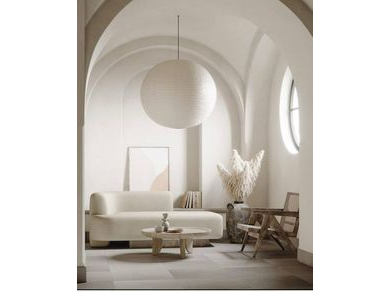Categories more
- Adventures (17)
- Arts / Collectables (15)
- Automotive (37)
- Aviation (11)
- Bath, Body, & Health (77)
- Children (6)
- Cigars / Spirits (32)
- Cuisine (16)
- Design/Architecture (22)
- Electronics (13)
- Entertainment (4)
- Event Planning (5)
- Fashion (46)
- Finance (9)
- Gifts / Misc (6)
- Home Decor (45)
- Jewelry (41)
- Pets (3)
- Philanthropy (1)
- Real Estate (16)
- Services (23)
- Sports / Golf (14)
- Vacation / Travel (60)
- Watches / Pens (15)
- Wines / Vines (24)
- Yachting / Boating (17)
Modern Furniture Manufacturing Techniques
Published
08/20/2021You know you have become an adult when things like good quality furniture excite you. You think about the way you will decorate your home. You see so many different aesthetics appeal to you. Do you want a minimalist chic look? Or cozy rooms full of plushy rugs, cushions, and duvet covers?
The profession of furniture making has evolved quite a lot, but the mass production of furniture in factories sometimes means a compromise in quality. Of course, a piece of handmade furniture that is minutely inspected for kinks by human eyes is less likely to be defective, compared to a factory-made piece. This is why hand-made pieces and antiques have a lot more value compared to factory-made pieces.
Modern technology, however, has allowed extreme precision in the manufacture and creation of furniture. Let us discuss a few of these methods.
Three Dimensional Printing
3-D printing is a brilliant technology that has applications in a myriad of different fields. It has also recently been introduced in the manufacture of furniture. It works using three things essentially. Software that makes a three-dimensional model, a printer that constructs with remarkable precision, and raw material to build with.
There are two technologies used within the realm of three-dimensional printing. Additive manufacturing, or layering, and reductive manufacturing. In the former method, layers of semi-solid material are layered through nozzles that are controlled precisely. These layers harden to form the final product.
In the latter method, cutters cut into a solid block of chosen material to form the final product. The former method produces very little waste compared to any other method of manufacturing.
This form of furniture manufacturing still has low visibility within the industry and has a lot of potential for growth. The initial setup is expensive to install, but this technology allows for a lot of different functionalities in making the final product.
Veneering in the Twenty-First Century
Veneering is essentially the process of cutting down the rough outer layers of trees to reveal the smooth inner layers. These layers are then used to make furniture. Before the industrial era, this process was, of course, done by hand. Using saws and a lot of hard labor which took quite a lot of time.
Today, all of it is done by machines on a mass level. There are several different types of cutting methods including crown cut veneer, quarter normal cut veneer, rotary cut veneer, and quarter rift cut veneer. These names are determined by the size of the log being cut and the final pattern produced by the cutting method. With better technology, we have found ways that reduce the amount of wood wasted during cutting.
The Increase in Use of Plastic
During the 19th century, a trend of opting for plastic for the manufacture of furniture was adopted. This was due to several different reasons. Primarily, because of deforestation and its detrimental effects on the environment.
To this day, too many trees are cut down to make furniture. However, the number was reduced when the use of plastic was introduced in furniture making. Many environmental advocates opposed the rapid disappearance of forests and rightfully so. Only the Amazon forest area covered was reduced by 81 percent from 1970 to 2016.
Deforestation means air pollution, less oxygen, and loss of animal habitat. All of this and then the added benefit of being cost-effective was enough reason for a lot of companies to introduce the use of plastic in furniture manufacture. It is cost-effective because it is a cheaper material than wood. It is also less costly to process. It is lighter therefore less fuel is needed to manufacture.
Plus, a lot of different color ranges can be introduced when you are working with plastic.
Injection Molding
This is another innovative new method of furniture manufacturing. Much like 3-D printing, it has a lot more potential than is currently being applied. The method is quite simple. Remember using molds to make animals out of playdough? It is exactly like that on a larger scale and with a greater variety of materials to choose from.
One of the commonest examples is the injection molding chair. This method wastes very little materials. Either plastics or metals are currently being used as raw materials in this manufacturing technique. The initial cost of equipment is high but after that identical products can be mass-produced from this at high speeds.
Conclusion
The general aesthetic for furnishing is moving from cozy cluttered styles to a minimalist style that favors a lot of space and light inside homes. A general pursuit of sustainable practices is also trending. The world is moving towards sustainable practices and conservation of resources.
To conserve animal life and ensure good quality of life for our next generations, this step is extremely important. Small changes make a large difference. And now is a great time to start making those changes.















